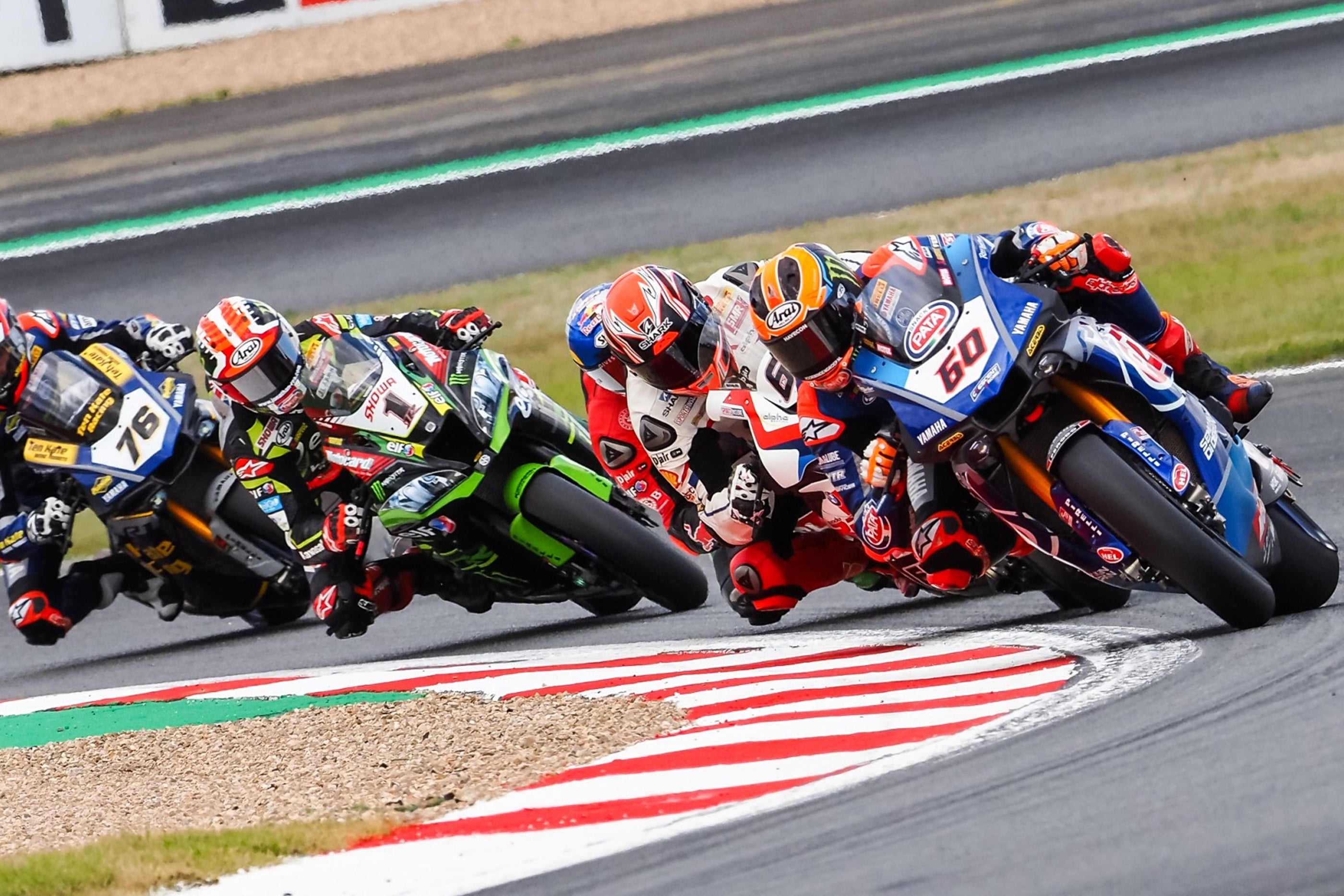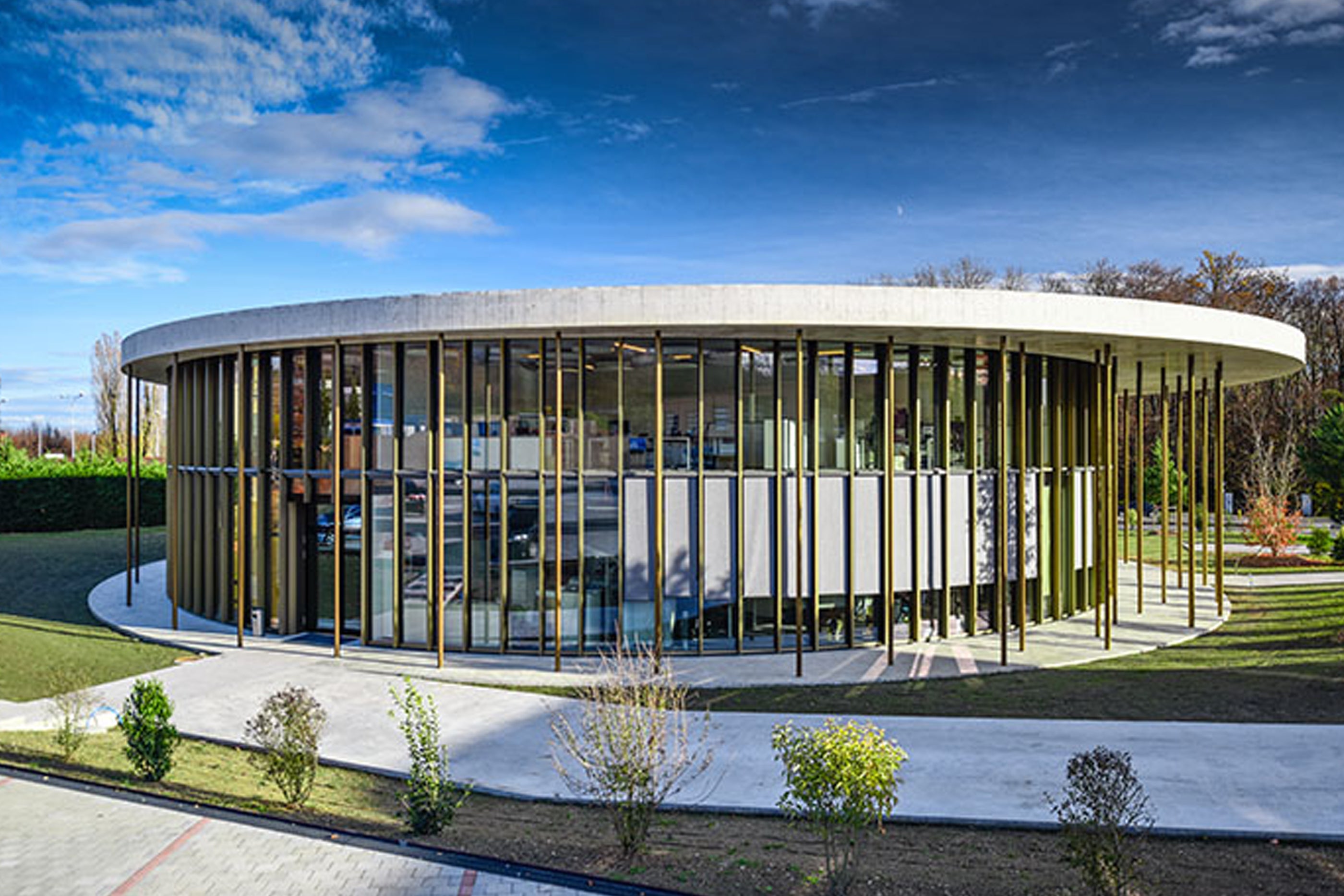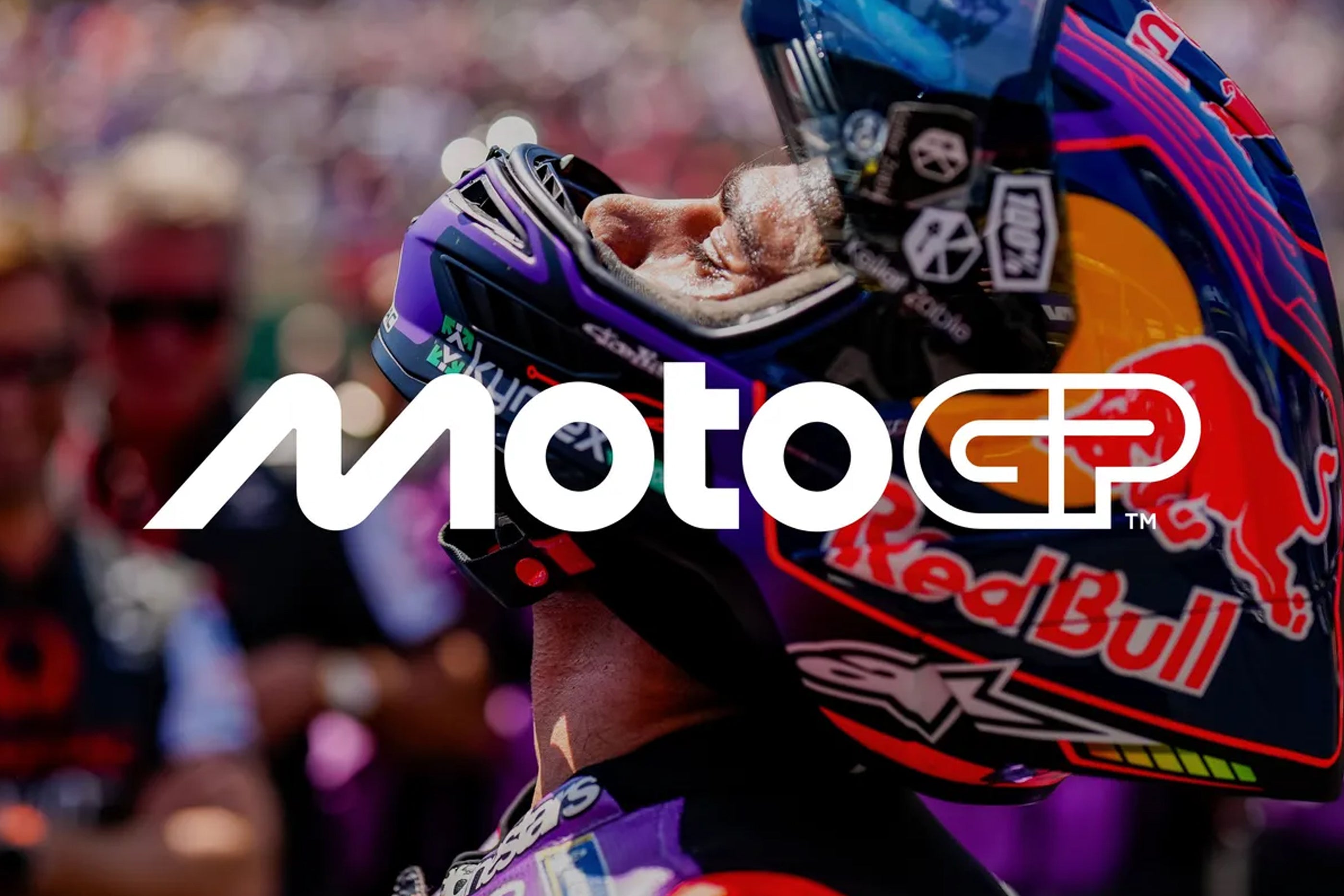The World Superbike Championship (WSBK) stands as a premier platform in motorcycle racing, showcasing production-based motorcycles that closely resemble those available to the public. Since its inception in 1988, WSBK has offered a unique blend of accessibility and high-performance competition, attracting manufacturers, riders, and fans from around the globe.
Historical Evolution of World Superbike
Founding and Early Years
Established in 1988, the World Superbike Championship was conceived to bridge the gap between commercial motorcycles and professional racing. The inaugural season featured a diverse grid of riders and manufacturers, setting the stage for a competitive and dynamic series.
Growth and Global Expansion
Throughout the 1990s and early 2000s, WSBK expanded its calendar to include circuits across Europe, Asia, and the Americas. This global reach enhanced the championship's appeal, drawing in a broader audience and encouraging greater manufacturer participation.
Modern Era and Technological Advancements
In recent years, WSBK has embraced technological innovations, including advanced electronics and aerodynamics, while maintaining its core principle of utilizing production-based motorcycles. This balance preserves the connection between the bikes on the track and those available to consumers.
The Machinery: Production-Based Performance
A defining characteristic of WSBK is the use of motorcycles derived from standard production models. While modifications are permitted to enhance performance and safety, the machines retain a strong resemblance to their commercial counterparts.
Engine and Performance
WSBK motorcycles are equipped with four-stroke engines, typically ranging from 750cc to 1,000cc, depending on the configuration. These engines are tuned to deliver exceptional power, enabling top speeds exceeding 200 mph (322 km/h).
Chassis and Aerodynamics
The chassis of WSBK bikes are based on production frames, with modifications to improve rigidity and handling. Aerodynamic enhancements, such as fairings and winglets, are employed to optimize stability and reduce drag, contributing to improved lap times.
Electronics and Data Acquisition
Modern WSBK machines incorporate sophisticated electronic systems, including traction control, anti-lock braking systems (ABS), and data logging. These technologies assist riders in managing the bike's performance and provide teams with valuable data for analysis and setup adjustments.
Iconic Circuits: The Battlegrounds of WSBK
The World Superbike Championship visits a variety of renowned circuits, each presenting unique challenges and contributing to the series' rich heritage.
Donington Park, United Kingdom
As the venue for the inaugural WSBK race in 1988, Donington Park holds a special place in the championship's history. Its combination of fast straights and technical corners tests riders' skills and machine capabilities.
Phillip Island, Australia
Known for its stunning coastal views and high-speed layout, Phillip Island is a favorite among riders and fans. The circuit's flowing corners and elevation changes demand precision and bravery.
Laguna Seca, United States
Famous for the challenging "Corkscrew" turn, Laguna Seca offers a unique and demanding racing experience. Its undulating terrain and tight corners require exceptional control and concentration.
The Riders: Champions of Production Racing
WSBK has been graced by numerous talented riders who have left an indelible mark on the sport.
Carl Fogarty
With four WSBK titles, Carl "Foggy" Fogarty is one of the most successful riders in the championship's history. His aggressive riding style and fierce determination endeared him to fans worldwide.
Jonathan Rea
Northern Irish rider Jonathan Rea has dominated the modern era of WSBK, securing six consecutive championships from 2015 to 2020. His consistency and adaptability have set new standards in the sport.
Troy Bayliss
The Australian rider achieved three WSBK championships and is celebrated for his versatility and competitive spirit. Bayliss's success with Ducati solidified his status as a series legend.
The Manufacturers: Bridging Road and Race
WSBK serves as a competitive arena for motorcycle manufacturers, allowing them to showcase the performance of their production models in a racing environment.
Ducati
The Italian marque has a storied history in WSBK, with numerous riders' and manufacturers' titles. Ducati's V-twin engines and distinctive design have become synonymous with success in the series.
Kawasaki
Kawasaki has been a dominant force in recent years, largely due to the partnership with Jonathan Rea. The Ninja ZX-10RR has proven to be a formidable machine on the WSBK grid.
Yamaha
Yamaha's commitment to WSBK has yielded multiple championships, with the YZF-R1 showcasing the brand's engineering excellence and racing pedigree.
BMW and Honda
Both manufacturers have made significant contributions to WSBK, with competitive machines and dedicated racing programs. Their involvement underscores the championship's appeal and the importance of production-based racing.
The Gear: Safety and Performance in Harmony
Riders in WSBK rely on advanced gear to ensure safety and optimize performance.
Racing Suits
Constructed from high-quality leather, often kangaroo for its strength and lightness, racing suits are tailored for a snug fit. Integrated airbag systems provide additional protection in the event of a crash.
Helmets
Featuring carbon fiber shells and advanced ventilation, helmets used in WSBK meet stringent safety standards. Visors are designed for clarity and anti-fog properties, essential for high-speed racing.
Boots and Gloves
Reinforced with materials like Kevlar, boots and gloves offer protection against impact and abrasion while maintaining flexibility and control.
The Fans: A Global Community
WSBK boasts a passionate and diverse fan base, drawn to the accessibility and relatability of the racing. The championship




